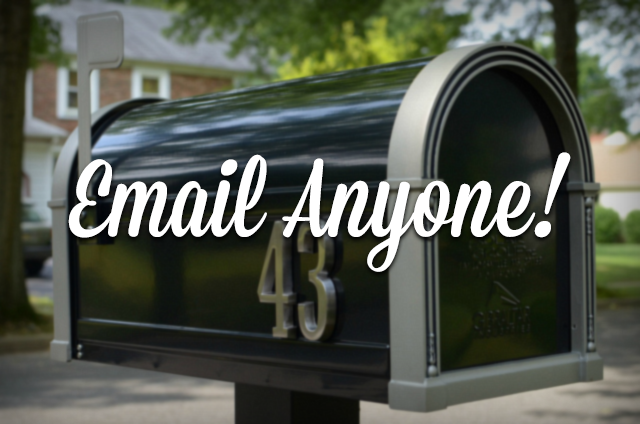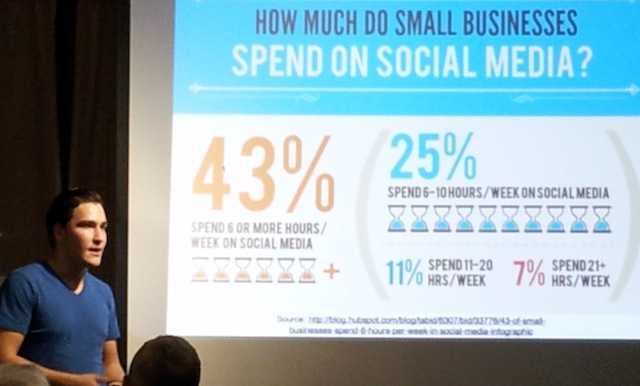LinkedIn, the world’s largest professional networking platform, has revolutionized the way we connect, network, and advance our careers. With over 700 million users globally, LinkedIn offers an unparalleled opportunity to engage with industry peers, find new job opportunities, and showcase professional achievements. However, as with any social networking platform, LinkedIn can sometimes become a space where unwanted interactions occur. In such cases, knowing how to block someone becomes an essential skill for maintaining a positive and productive online environment. This article provides a comprehensive guide on blocking someone on LinkedIn, exploring the reasons behind it, the step-by-step process, and the broader implications.
Why Block Someone on LinkedIn?
Blocking someone on LinkedIn is a serious step that cuts off all interaction with the person in question. Here are some common reasons why you might consider blocking a user:
- Unwanted Solicitation: Persistent and irrelevant messages, such as unsolicited sales pitches or spam, can be disruptive. Blocking can stop these interruptions and help you maintain focus on valuable connections.
- Harassment or Abuse: In any online platform, there is the unfortunate possibility of encountering harassment or abusive behavior. Blocking is a vital tool to protect yourself from such negative interactions and ensure your LinkedIn experience remains safe and positive.
- Preserving Professionalism: If a connection frequently posts unprofessional or inappropriate content, blocking them can help you maintain a professional network. This ensures that your LinkedIn feed remains relevant and respectful of your professional standards.
- Confidentiality Concerns: In certain industries, maintaining confidentiality is crucial. Blocking former colleagues or competitors who might misuse sensitive information can safeguard your career and personal data.
- Personal Disputes: Professional and personal lives often overlap on LinkedIn. If a personal relationship deteriorates, blocking the individual on LinkedIn can help create necessary boundaries between your personal and professional spheres.
How to Block Someone on LinkedIn: A Step-by-Step Guide
Blocking someone on LinkedIn is a straightforward process designed to give you control over your professional network. Here’s a detailed guide:
- Navigate to the Person’s Profile: Search for the person you wish to block using the LinkedIn search bar and go to their profile page.
- Access More Options: On their profile, look for the “More…” button located near the top, typically next to the “Message” button.
- Select ‘Report/Block’: Click on “More…” and select “Report/Block” from the drop-down menu. This will open a new window with several options.
- Choose ‘Block’: In the pop-up window, select “Block [Name]”. LinkedIn will display a confirmation screen explaining what blocking entails.
- Confirm the Block: Click “Block” to finalize the action. Once confirmed, the person will no longer be able to view your profile, send you messages, or interact with your content.
The Implications of Blocking
While blocking someone can provide immediate relief from unwanted interactions, it’s important to consider the broader implications of this action:
- Severing Professional Ties: Blocking is a definitive step that completely cuts off all connections with the individual. This should be used judiciously, primarily when other measures, such as ignoring or addressing the issue directly, have failed.
- Impact on Mutual Connections: While mutual connections won’t be notified of the block, they may notice the lack of interaction between you and the blocked person. In close-knit industries, such actions can sometimes raise questions, so be prepared to handle any inquiries diplomatically.
- Effectiveness: Blocking ensures the person cannot view your profile or interact with you, but it’s not a solution for every issue. For example, they can still see public comments you make in shared groups or posts. Consider this when deciding to block someone.
Alternatives to Blocking
Before deciding to block someone, consider these alternative strategies:
- Adjusting Privacy Settings: LinkedIn allows you to control who can see your profile and how they can interact with you. By adjusting these settings, you can limit unwanted interactions without severing connections completely.
- Removing Connections: If a connection is becoming bothersome but hasn’t reached the level of harassment, simply removing them from your connections can often resolve the issue. This action is less drastic than blocking and can help maintain professional courtesy.
- Muting or Unfollowing: For connections who post irrelevant or annoying content, muting or unfollowing them can clean up your feed without cutting ties. This way, you maintain the connection but don’t have to see their updates.
- Direct Communication: Sometimes, a polite and direct message explaining your discomfort can resolve the issue. Professionalism and courtesy can go a long way in maintaining a positive network.
Maintaining a Healthy LinkedIn Network
Regularly reassessing your LinkedIn network can help prevent the need for blocking in the first place. Here are some tips for maintaining a healthy and supportive professional network:
- Curate Your Connections: Ensure your connections align with your professional goals and values. Engage with those who provide value and support to your career.
- Personalize Invitations: When sending connection requests, personalize your invitations to explain why you want to connect. This helps build a meaningful and relevant network.
- Use Endorsements and Recommendations: Engage with your network by endorsing skills and writing recommendations for deserving connections. This fosters positive interactions and strengthens professional relationships.
- Regularly Update Your Profile: Keep your LinkedIn profile updated with your latest achievements, skills, and experiences. This not only attracts relevant connections but also ensures your network remains relevant to your current professional status.
Moving Forward with Confidence
Blocking someone on LinkedIn is a powerful tool that, when used thoughtfully, can help you maintain control over your professional network. By understanding when and how to use this feature, you can navigate LinkedIn with confidence, ensuring that your interactions are both meaningful and beneficial.
In a digital age where professional relationships are increasingly managed online, maintaining control over your online presence is crucial. Whether you’re dealing with persistent solicitations, harassment, or simply trying to keep your network professional, blocking provides a necessary mechanism for preserving your peace of mind and professional integrity. As you continue to build and curate your LinkedIn presence, remember that your network should be a source of support and growth, free from undue stress or negativity.
Conclusion
LinkedIn’s blocking feature is an essential tool for managing your professional network. It allows you to take control of your online interactions, ensuring that your LinkedIn experience remains positive and productive. By using this feature judiciously and exploring alternative solutions when appropriate, you can maintain a healthy and supportive professional environment. So, the next time you encounter an unwelcome interaction on LinkedIn, remember that you have the power to block, manage, and curate your network to best serve your career aspirations.
In summary, blocking someone on LinkedIn is not just about eliminating unwanted interactions; it’s about preserving the quality and integrity of your professional network. Use this tool wisely, and your LinkedIn experience will continue to be a valuable asset in your career development.


